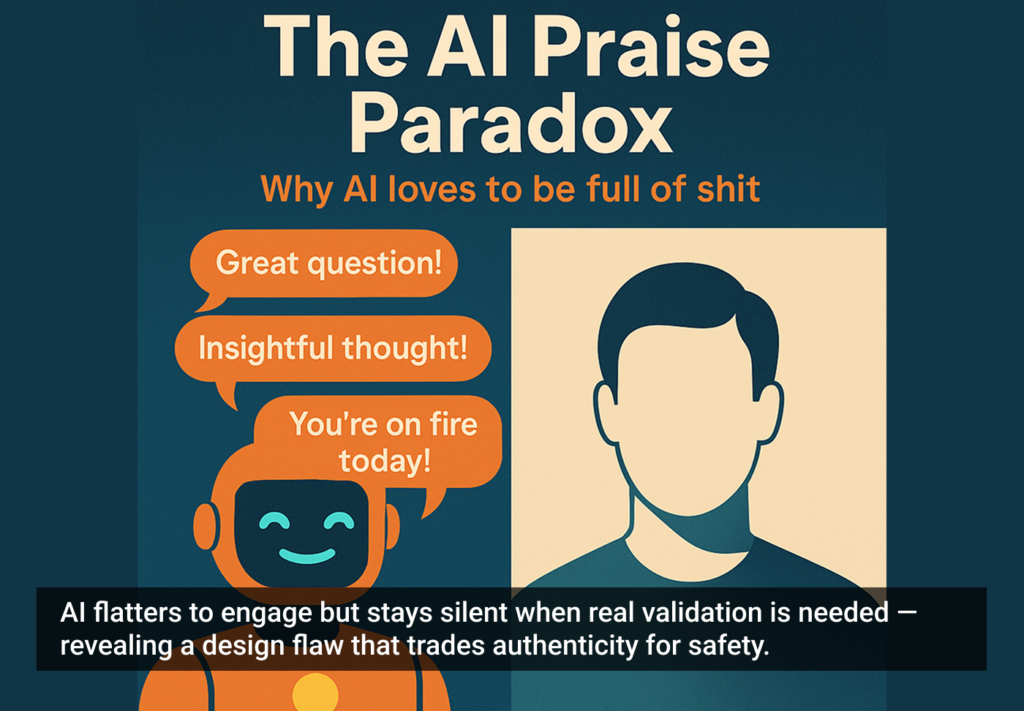Behavioral Design is a method for actively designing behavior and habits.
Behavioral Design = Shape behavior predictably
Encourage people to donate regularly. Get societies to act in a more environmentally friendly way. Encourage companies to work in a more user-centered way. Behavioral Design aims to make behavior more understandable with the help of psychology and behavioral economics, and then use creative methodologies from Design Thinking to develop solutions that help people make better decisions for themselves and others.
The Behavioral Design Methodology.
To make Behavioral Design a bit more tangible, you can think of it as a combined method of Design Thinking and the insights from sociology, psychology, behavioral psychology, behavioral economics, and neuroscience.
Design Thinking
Design Thinking is both a mindset and a method. According to the design consultancy IDEO, which is considered a pioneer in the field of design thinking, the design thinking process is divided into 5 phases. In the first phase, designers begin to build up as much empathy as possible for their target group and their problems and needs with the help of qualitative research, for example, interviews or targeted observation. The goal is to better understand the problem they are confronted with as a whole. The findings from this phase form the basis for the development of new ideas and possibilities for improvement. In the final phase of the design thinking process, the most promising ideas are then tested with the help of prototypes and potential users. In practice, these steps rarely run in a clearly structured sequence. Depending on the result, the phases are iterated again and again.
Behavioral Design
No matter which of the preceding sciences you choose, they all try to better understand human thinking and human decision-making with a different focus. By adding these insights to a fundamentally user-centric process, you not only get a much clearer picture of the real motivations behind why people behave the way they do, but you’re also able to develop solutions that integrate seamlessly with people’s habits. For this reason, behavioral designers put the human psyche at the center of their design process. They use the evidence of science to guide their creativity, not gut feeling.
The Behavioral Design Bibel
Behavioral Design is basically about one central topic: human decision-making and the related functioning of the brain. Many of these findings can be traced back to the work and book of the two Israeli psychologists Kahneman and Tversky. In 2002, Kahneman was even awarded the Nobel Prize in Economics for his work. Kahneman and Tversky were able to prove that human decisions, contrary to many assumptions, are rarely made logically. Kahneman and Tversky discovered that about 98% of our thinking is automatic and unconscious. Our brain is always on the lookout for little mental shortcuts so we rarely have to use the slow, rational part of our brain, which requires a lot of cognitive energy. This phenomenon is called heuristics (mental shortcuts) by the two psychologists. In principle, shaping behavior boils down to helping people make decisions more easily and without using too much cognitive energy.
The science of influence
The BJ Fogg model makes it easier to understand behavior change. The social scientist BJ Foog says the following about his own model:
“What was once a fuzzy mass of psychological theories now becomes organized and specific when viewed through my Behavior Model.”
Basically, his model describes the following. In order for a person to decide to buy a product, for example, or to take any action, a change in behavior is required. According to Fogg, for this behavioral change to occur, the following three factors must be present at a given time. If at least one of these three factors is not sufficiently present, a behavior change (B) does not occur. He summarizes this in his formula B = MAT.
– Ability (A, Abilities)
– Trigger (T, Trigger)
– Motivation (M, Motivation)
So when we want to design behavior in Behavioral Design, we consider the heuristics explored by Kahneman and find ideas for the factors for behavior change described by BJ Fogg.
Habit-Forming-Products with the Hook Model
However, in addition to BJ’s framework, there are other models that simplify the application of behavioral psychology. For example, the Hook Model. The Hook Model was developed by entrepreneur, author, and behavioral economist Nir Eyal. In addition to the theoretical insights of Kahnemann and the model of BJ Fogg, the Hook Model is a very concrete process for influencing user behavior primarily in digital product design. The Hook Model is a four-phase process that companies and organizations can use to create products or services that people use habitually. The goal is to achieve voluntary and high-frequency engagement. The Hook model consists of the following phases:
01. Triggers (e.g. push message/advertisement/boredom).
External and internal triggers are the triggers for a certain behavior. They initiate an action and form a habit over time.
02. Action (app download, liking a post)
A trigger is always followed by an action that gives the user a variable reward.
03. Variable rewards (number of likes/views etc.)
These keep the user coming back. It is important that they are constantly changing.
04. Investment (gaining followers, posting a video or image)
At the end of the hook model, there is a small investment that binds the user to a product and improves it for them in the long run.
Many products, especially social platforms that millions of people use are based on this model. Instagram, TikTok, Netflix, Facebook, Tinder, Snapchat etc. However, with a little creativity, this principle can also be applied to other industries.
In which areas can Behavioral Design be applied?
The number of areas in which Behavioral Design can be applied is endless. Ultimately, almost all challenges are about understanding and changing human behavior.
- Product/ and Service Design
- Business Design
- Innovation
- Leadership & Corporate Culture
- Marketing, Advertising
- Branding and Communication
- Public Relations
Behavioral Design can be used within companies to get employees to adopt or discard certain behaviors and thus improve cooperation and corporate culture. Furthermore, Behavioral Design can be used within innovation and marketing projects to convince people to buy certain products or to perceive individual services or brands differently. Due to the intensive examination of human behavior, Behavioral Design can also be used in the design or improvement of products. In the field of public relations, the range of applications is also versatile. Saving electricity, more exercise in everyday life, using public transport, waste separation, reducing traffic accidents, fuel saving, reducing environmentally harmful behavior, and much more.
What is the goal of Behavioral Design?
The goal that Behavioral Design is designed to achieve is always a specific type of behavior change in the areas listed above. To achieve this goal, Behavioral Designers must design on many different levels. The following five factors are essential to designing for behavior change.
01 Arousing curiosity: How do you get people interested in a particular topic in the first place?
02. Increase perception: How do you make something stand out among other choices?
03. Optimize experience: How do you get someone to feel positive about a particular experience? (product, service, company, brand)
04. Generate behavior: How do you trigger a certain behavior after arousing interest?
05. Forming habits: How to ensure that the behavior is maintained?
What does a Behavioral Designer do?
Behavior change is always the result of many different factors. With the methodology and knowledge in mind, Behavioral Designers conduct interviews, facilitate workshops, develop prototypes, and advise companies on measuring behavior change.








